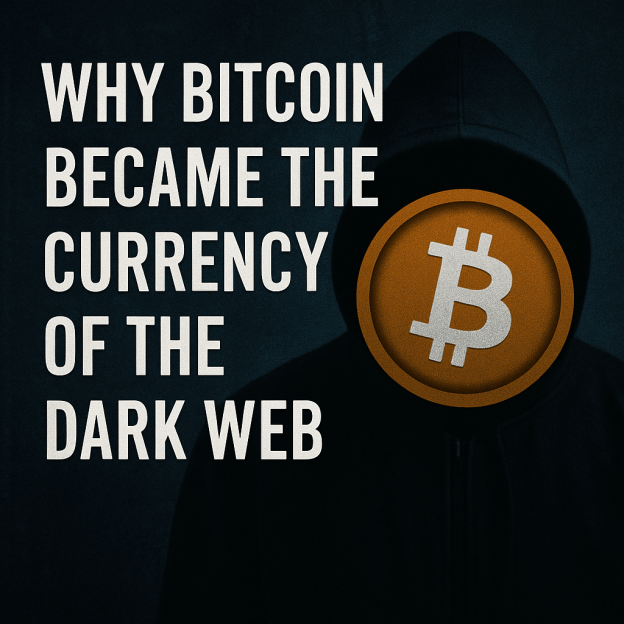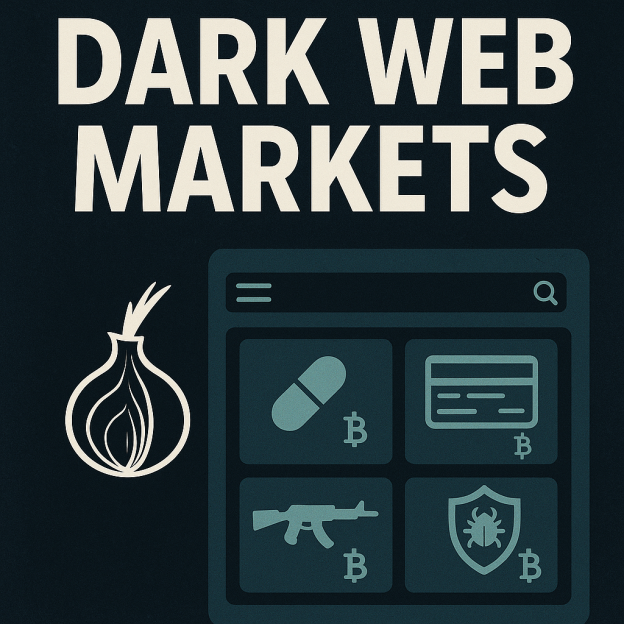You will believe that the cryptocurrency and the secret wiki are unrelated to one another after looking at them. Since a directory of .onion websites is provided by the Hidden Wiki.
Cryptocurrency, on the other hand, is digital money that exists outside of traditional, centralized currencies. Let’s be clear, though: Hidden Wiki and cryptocurrency are now inseparable. However, how? Let’s investigate.
Is There Any Connection Between Hidden Wiki and Crypto?
Indeed. You might be surprised to learn how closely cryptocurrency and the Hidden Wiki are related. Cryptocurrencies are utilized for virtual currency and are referred to as digital and virtual money. The dark web is utilized for illicit operations, and it is frequently accessed through hidden wikis. Therefore, payments are necessary for illicit activity, and Bitcoin is used in this instance. Because cryptocurrency allows for anonymity and makes payments considerably easier, several secret services use it.
Factors Influencing the Connection Between Hidden Wiki and Crypto
These elements contribute to the linkages between cryptocurrencies and the hidden wiki.
On the Dark Web, cryptocurrencies are well-known
On the dark web, cryptocurrency and hidden wikis are well-known. Since the majority of the dark web’s websites sell goods to users, these two crucial components are necessary for the black web to function properly. Since cryptocurrency is the primary payment method on the majority of dark websites, it is favored on the Hidden Wiki. Due to the difficulty of tracking digital currencies, many platforms will disappear if this payment method is unavailable.
You can access cryptocurrency wallets and mixers through the Hidden Wiki.
On Hidden Wiki, you may find links to cryptocurrencies, cryptocurrency mixers, and much more. It establishes the primary link between cryptocurrency and the Hidden Wiki. A collection of onion URLs about cryptocurrency wallets, tumblers, mixers, cryptocurrency trading platforms, and much more may be found when you visit the finance section of the Hidden Wiki. They facilitate the execution of transactions on the dark web and make it more difficult for hackers and the authorities to trace your transactions back.
Pages on Cryptocurrency Information on the Hidden Wiki
It can be challenging to access the dark web for the first time if you don’t know how to locate it .onion URLs. Additionally, you could be concerned about which pages to avoid and which to trust. For this reason, you should come across systems that provide you with some information. Additionally, Hidden Wiki offers a category of websites that lead to informative blogs about cryptocurrency.
You may read about cryptocurrency on the dark web on the blogs page, including articles that might help you choose the best cryptocurrencies to use online. On the hidden wiki, you can read blogs about using cryptocurrency mixers on the dark net, though.
A Hidden Wiki to Help You Keep Up with Crypto Trends
You can learn about the latest cryptocurrency developments on the dark web by using Hidden Wiki. To keep abreast of developments on the dark web, you will receive links to track trends in digital currency. You must locate platforms related to cryptocurrency trends in the informational and cryptocurrency category part of the Hidden Wiki in order to obtain these links.
But before you click the link that takes you to market trends, you could already be familiar with cryptocurrencies. This is due to the possibility that not every point on the trend graphs will be explained by the platform.
Hidden Wiki Directs You to Crypto-Using Markets
The ability to access dark web markets that demand the usage of cryptocurrency is another link between the hidden wiki and cryptocurrencies. The majority of dark web marketplaces demand that you pay using sophisticated cryptocurrency. You cannot use the cash-on-delivery option to pay for these dark websites. For this reason, you will need to use online payment options.
Use the Hidden Wiki to Be Aware of Crypto Crimes
You can learn about cryptocurrency crimes through news websites, which is another link between the Hidden Wiki and cryptocurrency. There is a journalism section on the secret wiki that can connect you to various Darknet news sites. These news outlets publish updates on money laundering using mixers as well as pieces regarding cryptocurrency crimes.
You may access the discussion boards and steer clear of cryptocurrency scams on the dark web by using the hidden wiki. People discuss websites you should stay away from on forums. For added security, they also suggest secure cryptocurrency wallets and mixers.
FAQs
Q: What part does cryptocurrency play in the illicit transactions of the Hidden Wiki?
The answer is that Bitcoin is connected to the illicit transactions on the secret wiki. It is a decentralized digital currency that uses encryption methods for security and functions without the assistance of a central bank. Because transactions can be carried out anonymously and without government monitoring, its decentralized structure makes it the perfect payment tool for illicit enterprises. Law enforcement finds it difficult to locate those responsible.
Q: Is it free to use the cryptocurrency services on the Hidden Wiki?
The crypto services websites are accessible for free through Hidden Wiki; however, the services these websites provide are not free. The majority of cryptocurrency wallets and mixers charge for their services, such as coordinator fees for joining a cryptocurrency through programs. The cost of wallets and mixers will differ based on the business. These costs may be small, but if they are high, they might have a big impact on users.
However, because their goal is to make dark web surfing easier, informative crypto blogs typically don’t demand a fee to see their postings. The cost of wallets and mixers will differ based on the business.
Q: What is the usage of cryptocurrency in the Hidden Wiki?
The anonymity that cryptocurrency provides for illicit transactions on the hidden wiki makes it more difficult for law authorities to apprehend the offenders. However, the lack of regulation raises the possibility of fraud and criminal behavior, and the uncertain value of cryptocurrencies can result in unbalanced transactions for buyers and sellers. All things considered, although cryptocurrencies have benefits, they also have disadvantages, including unpredictability and a lack of regulation.





